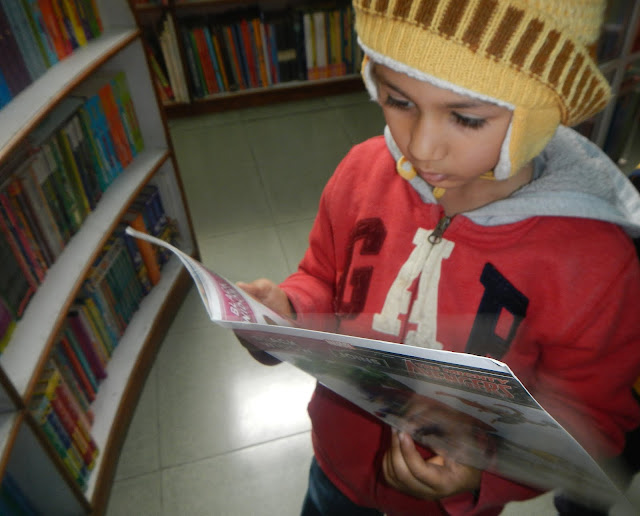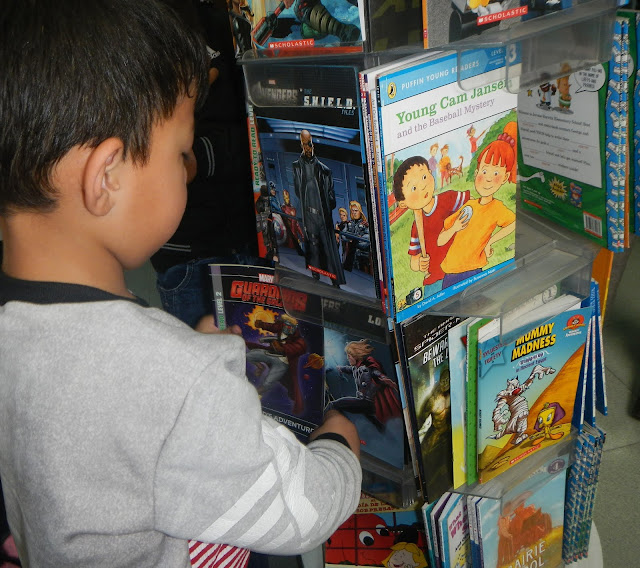Arthropods:
Assorted insects
Weekly Science Experiment
by Utkrishta Mulmi
Over the past three years we have done
many studies of insects or arthropods. The study of insects is called
entomology. The specimens that we have studied have included the wasp, the
praying mantis (we kept one for about 7 months), the butterfly (we did several
lifecycles ranging from caterpillars to butterflies and moths), the honey bee,
the cockroach, the dragonfly, hornet, and more.
Insects are easy to find and fun to
learn from. Arthropods, by the way, have the largest population in the kingdom Animalia
and form half of the entire animal species, wow that’s a lot. You find them at
school, ants, flies, moths; you find them on walks roaches, beetles, grasshoppers;
you find them on hikes, hornets, spiders (careful careful with those), crabs
(which are ALSO arthropods I found out much to my and everyone else’s
surprise).

Ok, so here we go with this week’s
work. Well, this week has had a history. We had been collecting butterflies,
beetles, wasp species, moths, ants, flies and more for months to study. But
every time the science experiment day came around, we had Pisces such as
piranha, pangasius, grass carp to study and they were also fun and laaaaarger.
We planted lemon and gourds and more. So by the time we opened our treasure
chest of arthropods to study, we found out that wings had fallen off, legs were
broken, antennae were gone in most specimen. Heads even were gone in some
specimen. So we decided to do assorted insects and keep the fresh ones for
another day.
Altogether, we had houseflies,
butterflies, moths, wasp species and altogether 5 workable samples.
Our
objectives were to orient
ourselves on the Arthropods through:
-
Research of the
species
-
Observation of
the 5 specimen
-
Discuss what we
had seen and learned
-
Prepare a science
report and publish it
Desk review
Arthropods
are a phylum in the Kingdom Animalia and it is the largest phylum in the entire
Animal Kingdom in terms of population. Here are a few examples:
Common name: Housefly
Scientific name: Musca domestica
Kingdom: Animalia
Phylum: Arthropoda
Class: Insecta
Order: Diptera
Family: Muscidae
Genus: Musca
Species: M. domestica
Common name: Honey bee
Scientific name: Apis mellifera
Kingdom: Animalia
Phylum: Arthropoda
Class: Insecta
Order: Hymenoptera
Family: Apidae
Genus: Apis
Species: mellifera
These are the common things that all
arthropods have
·
segmented body
·
exoskeleton
·
jointed
appendages (arms, legs)
The life cycle of an arthropod is
different in each specimen. Most arthropods would have gone through metamorphosis
where the larva of the arthropod would build a cocoon like structure and become
the pupa and turn into the adult, for example the butterfly’s life cycle would
have four stages. Egg to larva, to chrysalis, to butterfly. But some arthropods
have an incomplete metamorphosis which means that the larva is just a smaller
version of the adult and they keep growing till they are as big as the adult. Arthropods
were the first organisms to evolve to flight and are the only flying
invertebrates we know of.
Procedure
We started by bringing all the bugs we
had in the cup out of the cup and put them on the table. We also caught a live
moth and swatted three flies and used those as well.
We had two butterflies, a beetle, a
cricket. We also used our arthropod models. Not only did the real specimen have
broken legs and wings, the kids had been playing with the models and they too
had broken wings and legs lol.
We discussed about arthropods: like
they are invertebrates and invertebrates don’t have backbones. Arthropods have
a layer of exoskeleton covering their bodies however. They have six legs and
compound eyes. We wrote these facts down. We made sketches of all the different
arthropods as well.
Observations
While
preparing this report, I asked all my peers (aged 3 to 14) what they observed
before putting in my own version, so here goes:
Chuntu
(3 years old): There were two insects I saw: ants and the butterfly. The butterfly
had wings and could fly but the ants could not fly.
Suprit’s observations, he is seven: We
also looked at insect models. There was a toy ladybug, a dead grasshopper,
three houseflies one of which was squashed (not really though). I drew the
beetle, the ladybug and the grasshopper.
Arambha who is 6 observed: I saw a
butterfly: it was brown, it’s legs were broken, the grasshopper was brown, but
its legs were not broken.
Vidheha who is 4: I saw a dung beetle, a wasp, butterfly, moth. The beetle was fat and round, its legs had
broken, there were two butterflies, they were brown and white.
Snigdha, 6 years old, says, I saw a
moth, a grasshopper, three houseflies. They are all insects and they are
arthropods.
Anita is 12 and she observed: all
arthropods have six legs, there were two butterflies. There was a moth we
caught and was alive. I saw a wasp. And I saw housefly. We will study the house
fly again and all the implications to our lives. They are easily available.
Amulya who is 4 talks: The flies were
black. They are stinky. I also saw a lady bug but it was model. It was red and
black. I like ladybugs.
My
observation: We had collected dead insects inside a plastic cup.
We have always been studying insects since I joined school. I researched a bit
on the insects and we discussed the facts about arthropods like they have six
legs, compound eyes, antennas. I saw that all the insects we had had some
things similar, they had a head a thorax and an abdomen, segmented legs but
some of the insects’ legs were broken. We could see their segments clearly. Bugs
are great to learn from and praying mantis, caterpillars, grasshoppers make
great pets and taking care of them is rewarding.
Science Experiment
Butterfly, Stinky Beetle, Wasp are
Arthropods
by Vidheha Ranjan, as told to Baba
We did an experiment. We wanted to learn
about insects. We would learn about the number of legs, where they eyes were.
We would make artwork.
Arthropods have six legs. They have two
eyes but there are thousands of little eyes in those two eyes. Praying mantis
have more eyes, 5 of them Baba tells me.
Stinky beetle, butterfly, house flies,
ants, hornets, honey bee are arthropods.
Some of them fly, some of them are fat.
We went to the zoo and we found one
hornet and it climbed on Baba’s foot. We put it in a bottle and brought it
home. We did an experiment.
We were walking and near Alka Hospital
and we saw a beetle. We brought it to school and watched videos of it.
I like arthropods, I like drawing but I
was not able to make the shape the same so Palistha ma’am helped me.





























































